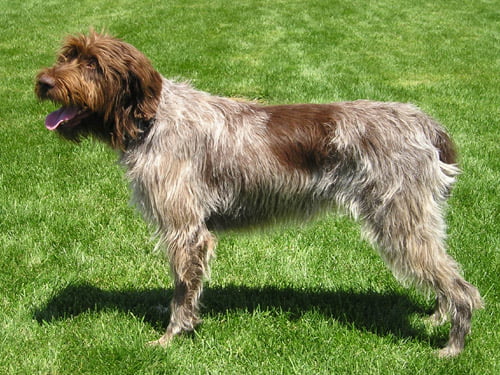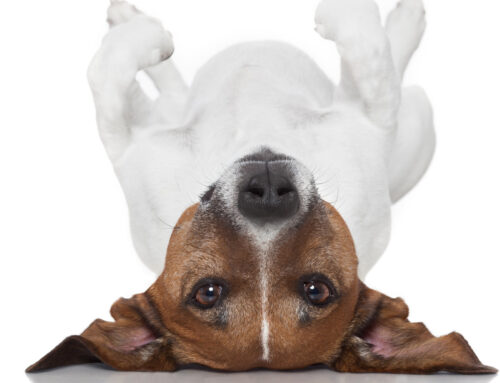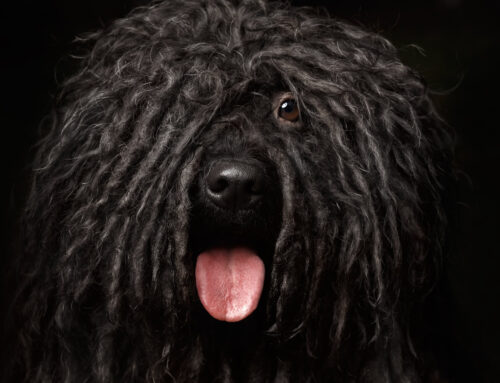Intro
Getting a dog is not as simple as going to a pet store and bringing home a new pet. There are a lot responsibilities that come along with adding a dog to your family and you must be 100 percent committed to providing for a new pet. Not only will this make you the best pet owner possible, but it will help enrich your relationship with your furry friend. As a further bonus, caring properly for your dog will help reduce the likelihood of health and behavioural problems in your canine.
Safety and Training
It is imperative that you properly train your dog. Besides basic dog etiquette, he needs to be taught to sit, stay, and come. These are not simply party tricks – they are tools that could potentially save his life. If he ever is off leash and wanders into a dangerous area, such as beside a road, knowing to sit and stay or come could mean the difference between life and death. Most dogs benefit from puppy obedience classes and advanced obedience and agility classes.
Know your dog’s breed characteristics. Of course, every dog is different, but choose a dog that is best suited to your needs. If you have a large property but it is not fenced, and you intend on leaving your dog off-leash, do not get a dog breed that is prone to wandering or chasing after scurrying animals or cars driving down the road. If the dog you do choose is not safe off-leash, then make sure you never give it the opportunity to run out in front of a car and be killed.
ID and Licencing
Depending on the area in which you live, you are probably required to purchase an annual dog licence. When you pay the fee, you will receive a small metal tag that you can attach to your dog’s collar. In addition to the licence tag, you should also consider having your pet microchipped – a small microchip is implanted under the skin on the shoulder or back of the neck. This serves to help identify your dog if she runs away. A tattoo may help, too, but is less useful than a microchip. One more way to identify your dog is to have a customized dog tag made for her collar. You should include her name and your phone number on it. Make sure you change the tag if you get a new phone number.
Grooming
Grooming involves bathing, regular brushing or combing, trimming if necessary, and other coat care (like hand-stripping for wirehaired breeds). Other grooming basics include toenail clipping, ear cleaning, tooth brushing, and inspecting for ticks, fleas, infections, and injuries. Ask your vet or groomer to show you how to properly do these things if you are unsure.
Shelter
Your new companion needs a warm, comfortable place to sleep and rest away from the elements. If it is to be an outside dog, he needs proper shelter in the form of a doghouse, with constant access to shade and water. If you live in a cold or wet climate, you must ensure he will be warm and dry. If he’s to be an inside dog, you need to ensure that he has access to go outside to relieve himself, and that he is not too hot or too cold inside. A nice soft dog bed is a bonus, particularly for the dogs that don’t have a lot of fat for padding, like sighthounds. Younger dogs, or ones who are not yet trusted in the house alone, should be trained to stay in a crate while alone. This keeps them safe, secure, and aids in housetraining.
Food
No animals will survive without food. Many people think that they can feed their dog the cheapest dry food available and their dog will be fine – but many health problems arise as the result of improper nutrition and unhealthy additives found in many inexpensive dog foods. A premium dog food or species-appropriate raw food diet will give your dog the nutrients she needs. Healthy, whole-food table scraps such as berries or apples, cooked carrots and other vegetables, leftover meats and fish, and eggs in small quantities are appreciated. Just ensure that all diet requirements are met and those foods are given as “treats.” Educate yourself regarding foods that are toxic to dogs to avoid tragedy.
Puppies – once they are weaned – up to about 12 weeks of age need four meals a day. Older puppies that are three to six months of age do well on three meals a day. While your dog is six to 12 months old, or if he’s a large breed still growing (up to two years old in some breeds), feed him in two meals a day. Small breed dogs can eat in one meal a day once they reach adulthood. Larger breed dogs, or those prone to bloat, do best when fed in two or even three meals a day.
Of course, fresh and clean water must be available at all times. Wash your dog’s food and water bowls regularly to prevent bacterial contamination.
Vet Care
When you first get your dog, it will need its required vaccinations and a checkup to ensure it is healthy. After that, unless you plan on breeding it, it needs to be spayed or neutered. This helps reduce aggression and the likelihood of it straying. Spayed and neutered dogs also tend to suffer from fewer incidents of cancer. You should always have an emergency vet fund set aside in case of injury or sudden illness. Know your vet’s phone number and be aware of after-hours vet clinics nearby in case of emergency.
Exercise
One of the most important activities you can do with your dog is to give it exercise. Walking, jogging, biking, camping, hiking, flyball, obedience trials, and advanced agility are all excellent ways to both bond with your animal companion and to allow it to burn off excess energy. If you’re a mostly sedentary person with no interest in outdoor activities, choose a dog that has low activity requirements. This doesn’t mean you’ll get away with never walking your dog, but it will reduce the amount of time you have to dedicate to your dog’s exercise. All dogs need at least one walk a day; some need up to two hours or more of vigorous play. Choose wisely, because most dogs that are under-exercised, lack mental stimulation, or both, tend to develop undesirable behaviours like barking, chewing, digging, and “forgetting” house training.



Leave A Comment